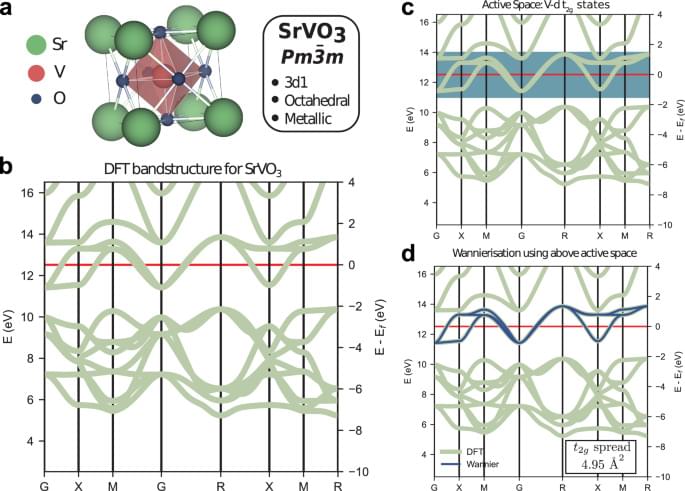Archive for the ‘mapping’ category: Page 12
Great science stands the test of time: After 10 years of its publication, this paper with is still listed as trending in.
@PNASNews webpage! +3.5M views & 1k citations.
Emotions are often felt in the body, and somatosensory feedback has been proposed to trigger conscious emotional experiences. Here we reveal maps of bodily sensations associated with different emotions using a unique topographical self-report method. In five experiments, participants (n = 701) were shown two silhouettes of bodies alongside emotional words, stories, movies, or facial expressions. They were asked to color the bodily regions whose activity they felt increasing or decreasing while viewing each stimulus. Different emotions were consistently associated with statistically separable bodily sensation maps across experiments. These maps were concordant across West European and East Asian samples. Statistical classifiers distinguished emotion-specific activation maps accurately, confirming independence of topographies across emotions.
Jan 24, 2024
Towards near-term quantum simulation of materials
Posted by Dan Breeden in categories: chemistry, mapping, particle physics, quantum physics
The use of NISQ devices for useful quantum simulations of materials and chemistry is still mainly limited by the necessary circuit depth. Here, the authors propose to combine classically-generated effective Hamiltonians, hybrid fermion-to-qubit mapping and circuit optimisations to bring this requirement closer to experimental feasibility.
Jan 21, 2024
Dark energy is one of the biggest puzzles in science and we’re now a step closer to understanding it
Posted by Dan Breeden in categories: cosmology, information science, mapping, quantum physics, science
Over ten years ago, the Dark Energy Survey (DES) began mapping the universe to find evidence that could help us understand the nature of the mysterious phenomenon known as dark energy. I’m one of more than 100 contributing scientists that have helped produce the final DES measurement, which has just been released at the 243rd American Astronomical Society meeting in New Orleans.
Dark energy is estimated to make up nearly 70% of the observable universe, yet we still don’t understand what it is. While its nature remains mysterious, the impact of dark energy is felt on grand scales. Its primary effect is to drive the accelerating expansion of the universe.
The announcement in New Orleans may take us closer to a better understanding of this form of energy. Among other things, it gives us the opportunity to test our observations against an idea called the cosmological constant that was introduced by Albert Einstein in 1917 as a way of counteracting the effects of gravity in his equations to achieve a universe that was neither expanding nor contracting. Einstein later removed it from his calculations.
Jan 20, 2024
The New Story of the Milky Way’s Surprisingly Turbulent Past
Posted by Dan Breeden in categories: mapping, space
The latest star maps are rewriting the story of our Milky Way, revealing a much more tumultuous history than astronomers suspected.
Jan 19, 2024
How satellite images and AI could help fight spatial apartheid in South Africa
Posted by Gemechu Taye in categories: mapping, robotics/AI
Townships get little by way of public resources compared with rich suburbs. By mapping the problem, researchers like Raesetje Sefala hope to reverse it.
Jan 18, 2024
Cerebellar_atlases/Nettekoven_2023 at develop · DiedrichsenLab/cerebellar_atlases
Posted by Cecile G. Tamura in categories: mapping, neuroscience
A hierarchical #Atlas of the human #cerebellum for functional precision #mapping
Contribute to DiedrichsenLab/cerebellar_atlases development by creating an account on GitHub.
Jan 18, 2024
Astronomers Have Mapped the Milky Way’s Magnetic Fields in 3D
Posted by Genevieve Klien in categories: mapping, space
Researchers have developed the first 3D maps of magnetic field structures within a spiral arm of the Milky Way. While we’ve seen smaller-scale magnetic fields before, this is much larger, showing the overall magnetic pattern in our galaxy. These fields are incredibly weak, about 100,000 times weaker than the Earth’s magnetic field, but they impact the galaxy, strongly influencing star-forming regions.
Jan 16, 2024
Architecture All Access: Neuromorphic Computing Part 2
Posted by Dan Breeden in categories: biological, education, internet, mapping, neuroscience, robotics/AI

In Neuromorphic Computing Part 2, we dive deeper into mapping neuromorphic concepts into chips built from silicon. With the state of modern neuroscience and chip design, the tools the industry is working with we’re working with are simply too different from biology. Mike Davies, Senior Principal Engineer and Director of Intel’s Neuromorphic Computing Lab, explains the process and challenge of creating a chip that can replicate some of the form and functions in biological neural networks.
Mike’s leadership in this specialized field allows him to share the latest insights from the promising future in neuromorphic computing here at Intel. Let’s explore nature’s circuit design of over a billion years of evolution and today’s CMOS semiconductor manufacturing technology supporting incredible computing efficiency, speed and intelligence.
Continue reading “Architecture All Access: Neuromorphic Computing Part 2” »
Jan 15, 2024
Attention, intention, and retention in frontoparietal cortex
Posted by Dan Breeden in categories: mapping, neuroscience

Cognitive neuroscientist Clayton Curtis describes an elegant experiment that leads us to ask: Does the brain honor the distinction implied in most textbooks between spatial attention, motor control, and spatial working memory?
For more info/content, please visit: https://postlab.psych.wisc.edu/cog-ne…
Continue reading “Attention, intention, and retention in frontoparietal cortex” »
















